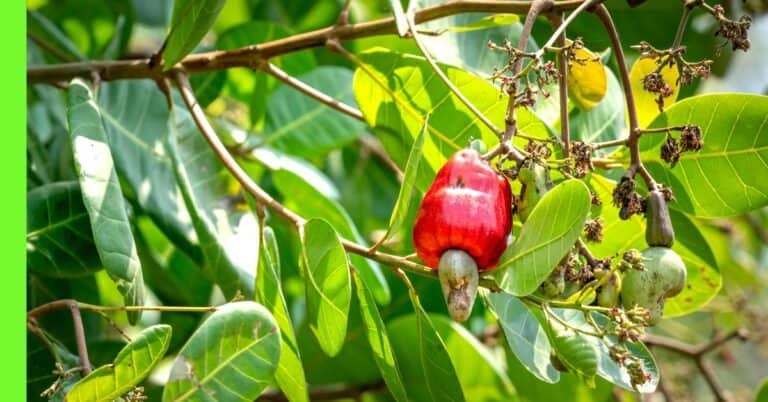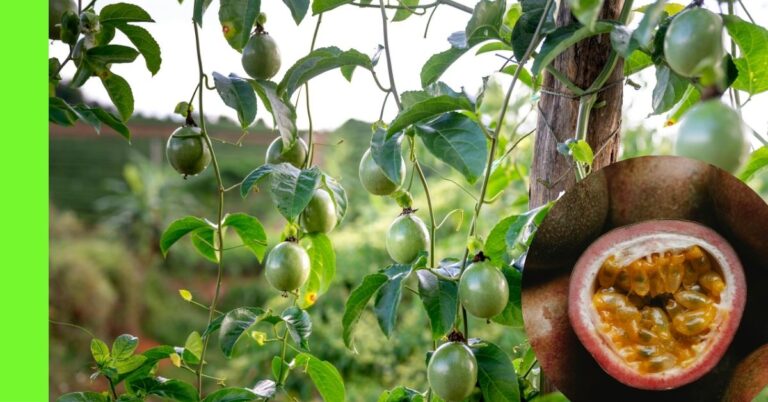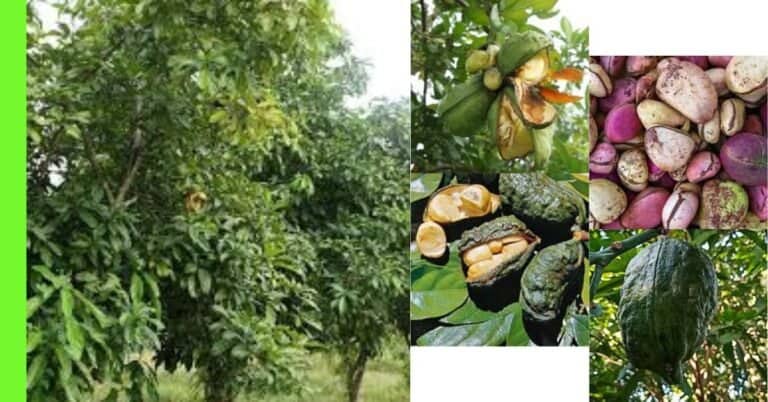How to Plant Moringa: A Step-by-Step Guide

Moringa, often called the “miracle tree,” is highly valued for its nutritious leaves, seeds, and flowers.
In Nigeria, moringa cultivation has gained popularity due to its climate adaptability and numerous health and economic benefits.
This guide provides a step-by-step approach to planting and nurturing moringa, from choosing the ideal location and preparing the soil to managing pests and optimizing yields.
Whether you’re a home gardener or a commercial farmer, these tips will help you successfully grow and harvest moringa in Nigeria.
Description of a Moringa Plant
Moringa (Moringa oleifera) is a fast-growing, drought-resistant tree.
The tree is known for its slender trunk, bright green compound leaves, and fragrant flowers blooming in clusters.
Moringa’s leaves are highly nutritious and rich in vitamins A, and C, calcium, iron, and protein, making it an essential crop for both nutritional and economic purposes.
Planting Season for Moringa
In Nigeria, the optimal time to plant moringa is at the onset of the rainy season, typically between April and June.
Planting moringa during this period ensures that the young plants have adequate moisture to establish strong roots.
However, in irrigated areas or regions with access to water, moringa can be planted year-round, as it requires minimal water once established.
Planting Moringa: Step-by-Step Guide
Step 1: Choose a Location
Choose a location that receives full sunlight, as moringa thrives in hot, sunny environments.
Moringa grows best in well-drained, loamy soil with a neutral to slightly acidic pH (6.0 to 7.0).
Avoid waterlogged areas, as moringa roots are susceptible to rot in overly wet conditions.
Step 2: Land Clearing and Preparation
Clear the planting area of weeds, rocks, and debris to allow the moringa seedlings ample space to grow.
Plough the land to loosen the soil and improve drainage, creating an ideal environment for root establishment.
For large-scale planting, consider spacing rows at least 3 meters apart to allow adequate room for growth.
Step 3: Means of Propagation
Moringa can be propagated through two primary methods: seeds and cuttings.
While seeds are more commonly used, cuttings are an option if you have access to mature moringa trees.
Seed propagation is simpler and is the preferred method for new growers.
Step 4: How to Plant Moringa from Seed
- Sourcing Seeds: Obtain high-quality seeds from a reliable source or local agricultural suppliers.
- Sowing: Directly sow seeds 1–2 inches deep in the soil, spacing them about 3 meters apart if planting in rows. Alternatively, plant seeds in individual pots and transplant them when they reach about 30 cm in height.
- Spacing: For home gardens or small plots, a spacing of 1–2 meters between plants is sufficient. In commercial farms, 3–5 meters between plants allows for larger growth.
Step 5: Watering
During the germination and early growth stages, water the plants regularly to keep the soil moist but not waterlogged.
In areas with regular rainfall, moringa plants require minimal additional watering once they are established.
However, during dry periods, especially in arid regions, water moringa plants every 3–5 days to prevent moisture stress.
Step 6: Apply Manure
Applying organic manure or compost is beneficial for moringa growth, as it enriches the soil with nutrients.
Manure helps maintain soil moisture, encourages healthy root development, and increases leaf production.
Apply manure around the base of each plant about once every 2–3 months, especially during the first year.
Maturity and Harvest
Moringa plants reach maturity between 6 to 8 months, although this may vary depending on soil quality and care.
The leaves can be harvested once the tree reaches about 1.5 meters in height.
To harvest leaves, simply cut branches or pluck leaves directly.
For seed production, allow the pods to mature and dry on the tree before collecting them.
With proper care, a single moringa plant can produce harvestable leaves throughout the year, especially in regions with mild winters.
Pests and Diseases
Though moringa is relatively resistant to pests and diseases, it can still be affected by certain threats:
- Aphids: Small insects that feed on leaves, weakening the plant and causing leaves to yellow.
- Fruit Flies: Target the pods, leading to poor seed quality.
- Caterpillars: Some caterpillar species feed on moringa leaves, causing defoliation.
- Root Rot: Caused by overwatering or poor drainage, leading to root decay and stunted growth.
Pest and Disease Control
To protect your moringa plants:
- Use Natural Remedies: Neem oil or insecticidal soap can effectively control aphids and caterpillars.
- Encourage Beneficial Insects: Encourage the presence of ladybugs and parasitic wasps, which naturally prey on harmful pests.
- Improve Drainage: Prevent root rot by ensuring soil has adequate drainage.
- Prune Regularly: Removing infested branches can help prevent the spread of pests and diseases.
- Consider Organic Pesticides: For severe infestations, use organic pesticides designed for moringa or edible plants.
Conclusion
Growing moringa in Nigeria is a practical and rewarding endeavour, thanks to its resilience, nutritional value, and economic benefits.
Following these steps from choosing the right location and preparing the soil to effective pest management and harvesting ensures a healthy moringa crop with high yields.
Whether for personal use or commercial purposes, moringa cultivation is a sustainable choice that can contribute to improved health and income.
I hope this article was helpful.
Is there any crop you want to grow and can’t find in our How to Grow category?
Let us know; leave a note in the comment box below.






